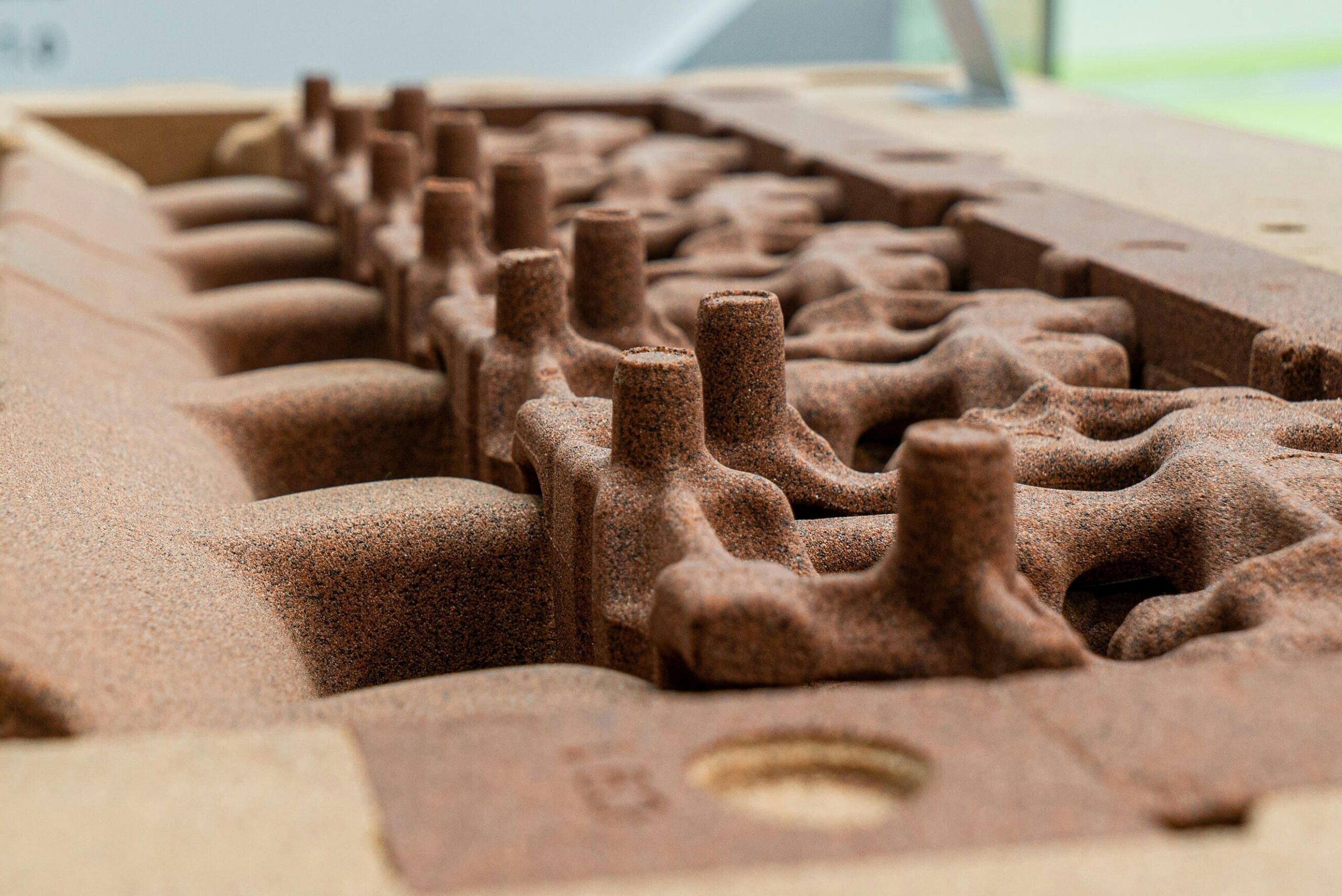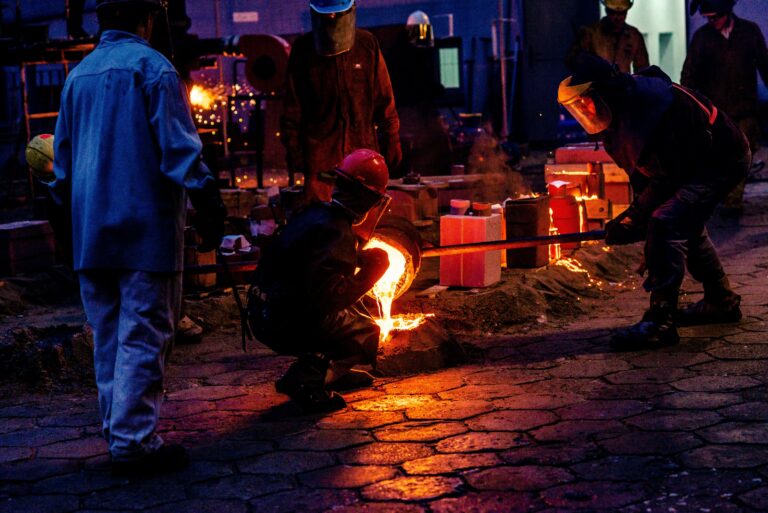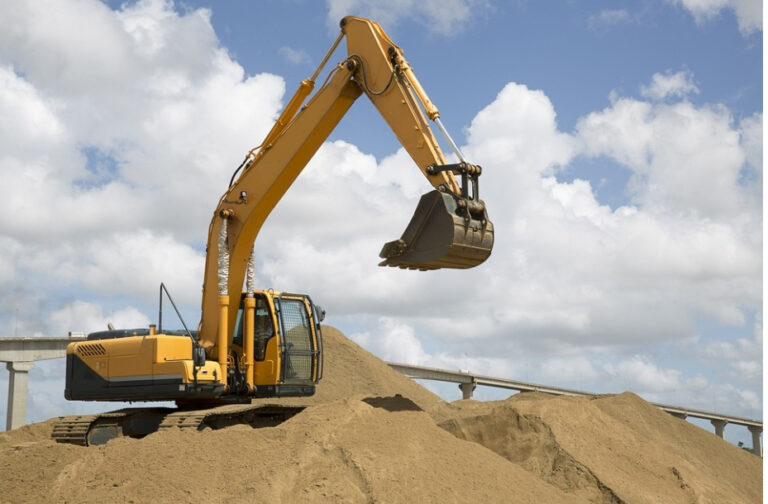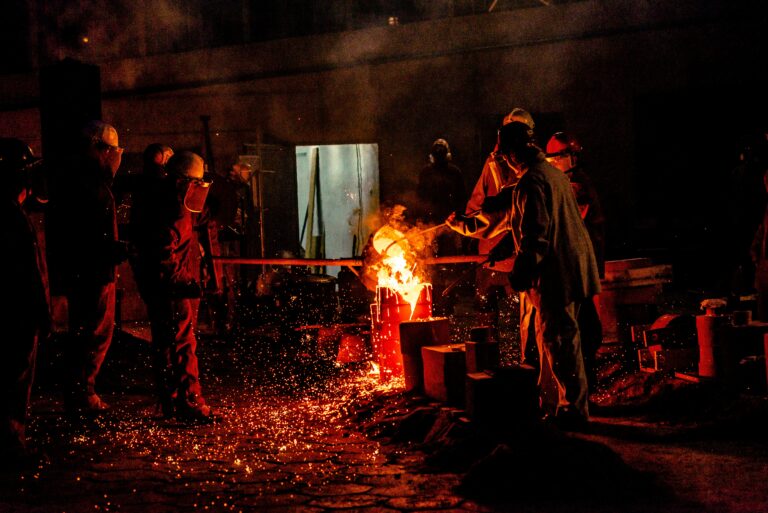Precision Casting for Oil & Gas Equipment: Engineering Reliability for Extreme Environments
In the high-stakes world of oil and gas extraction, where equipment failures can lead to catastrophic consequences, precision casting has become the manufacturing backbone of reliable operations. The technology provides solutions for components that must withstand some of the most extreme conditions on Earth – from deep-sea pressures to scorching desert temperatures, while maintaining leak-proof integrity over decades of continuous service.
The challenges facing oilfield equipment are unparalleled. Subsea valves operate at depths where water pressure exceeds 5,000 psi, pipeline components endure constant vibration and thermal cycling, and refinery parts face corrosive fluids at temperatures approaching 1,000°F. Traditional manufacturing methods often prove inadequate in these environments. Welded assemblies develop stress corrosion cracks, forged parts lack the necessary complexity, and machined components frequently show premature wear at critical sealing surfaces. Precision casting overcomes these limitations by creating parts with homogeneous material properties and optimized geometries that distribute stresses evenly throughout the component.
Material science innovations have been particularly transformative for the oil and gas sector. Advanced alloys like duplex stainless steels (PREN >40) provide both strength and corrosion resistance in sour gas environments. Nickel-based superalloys maintain structural integrity in high-temperature refinery applications. Perhaps most impressively, new composite castings combine different materials within a single component – such as corrosion-resistant interiors with high-strength exteriors – through controlled solidification processes. These material advancements are validated through rigorous testing protocols including SSC (sulfide stress cracking) tests per NACE MR0175 and extreme temperature cycling evaluations.
The geometric advantages of precision casting prove equally valuable in oilfield applications. Complex valve bodies with integrated flow paths eliminate potential leak points that plague assembled designs. Pump casings with optimized volute geometries improve efficiency while reducing erosion. Christmas tree components combine multiple functions into single castings, simplifying subsea installations. Modern 3D sand printing technology has expanded these possibilities further, enabling internal geometries that were previously impossible to produce, such as helical cooling channels in turbine housings or fractal-like reinforcement structures in pressure vessels.
Economic considerations make the case for precision casting equally compelling. In offshore applications where intervention costs can exceed $1 million per day, the extended service life of cast components provides tremendous value. Typical installations report:
- 60-80% longer mean time between failures (MTBF) compared to fabricated alternatives
- 30-50% reduction in maintenance costs over the equipment lifecycle
- 20-40% weight savings through optimized designs
These benefits multiply across the thousands of components in a typical production facility, making precision casting a strategic advantage for operators.
Looking to the future, the technology continues to evolve in ways particularly relevant to the energy sector. Smart castings with embedded fiber optic sensors will enable real-time monitoring of wall thickness and stress levels. New sustainable alloys reduce environmental impact without compromising performance. Digital twin technology allows virtual testing of components under simulated field conditions before they’re ever installed.
For oil and gas companies operating in an era of heightened safety and environmental concerns, precision casting offers more than just durable parts – it provides engineered reliability where failure is not an option. The technology has become so integral to modern operations that many industry standards now specifically require cast components for critical applications.
Truecasteng has been at the forefront of this transformation, with our components operating in some of the world’s most challenging oil and gas fields. From the Arctic Circle to the Arabian Gulf, our castings deliver uncompromising performance where it matters most. When lives, environments, and billions in assets depend on equipment reliability, precision casting isn’t just a manufacturing choice – it’s the industry standard for good reason.







